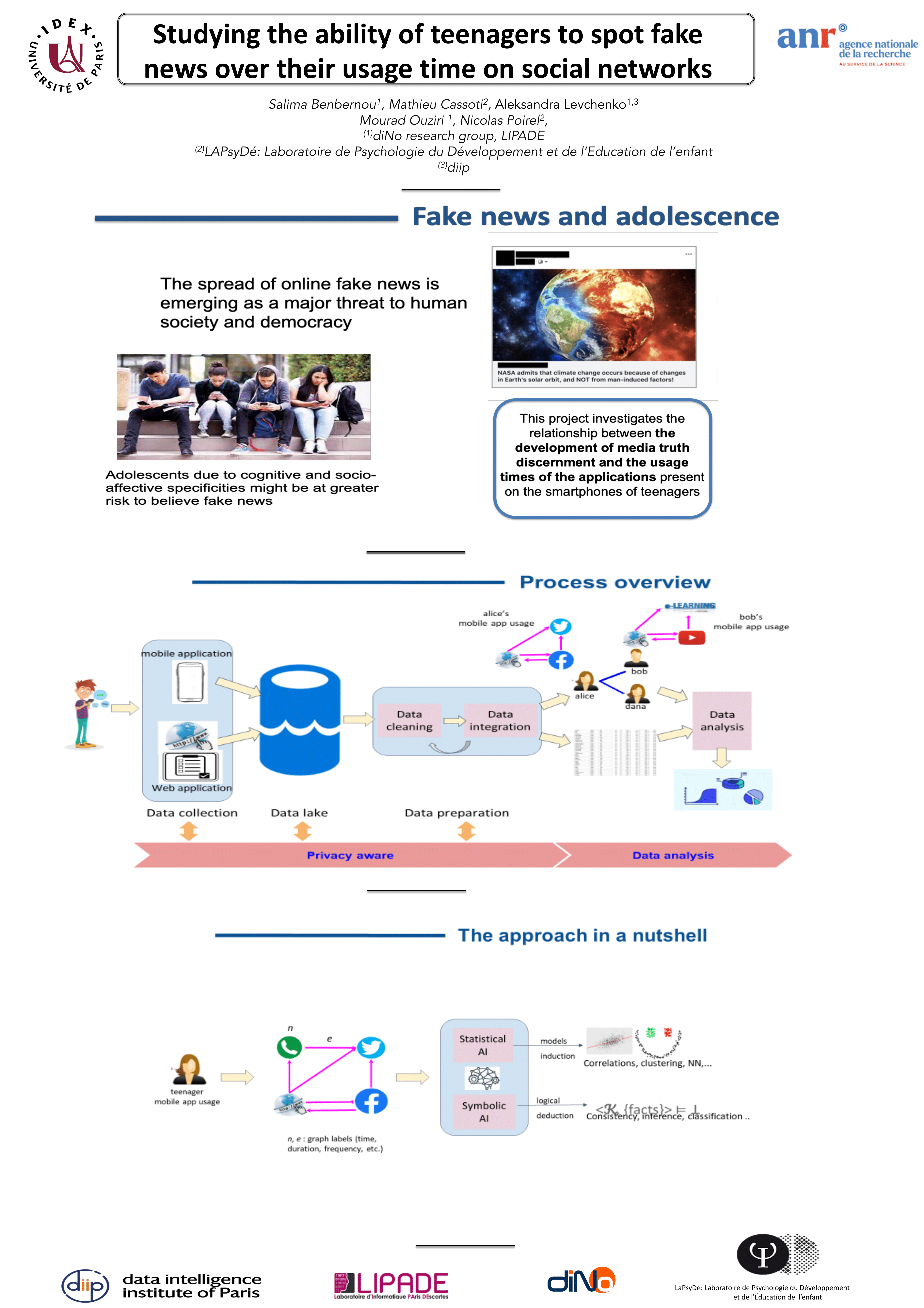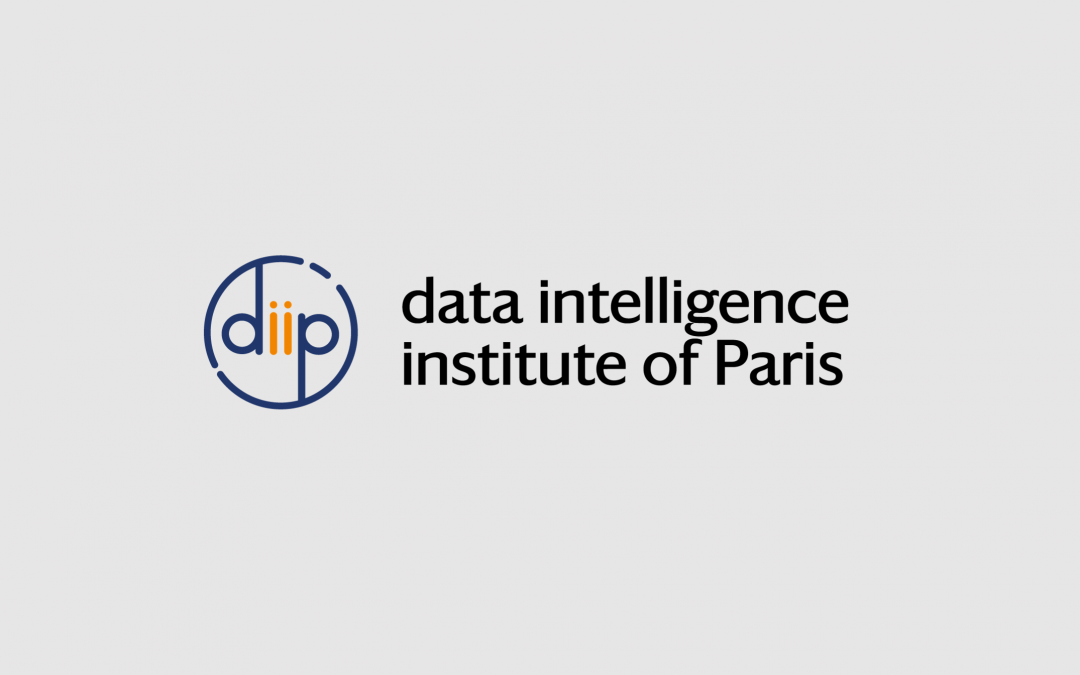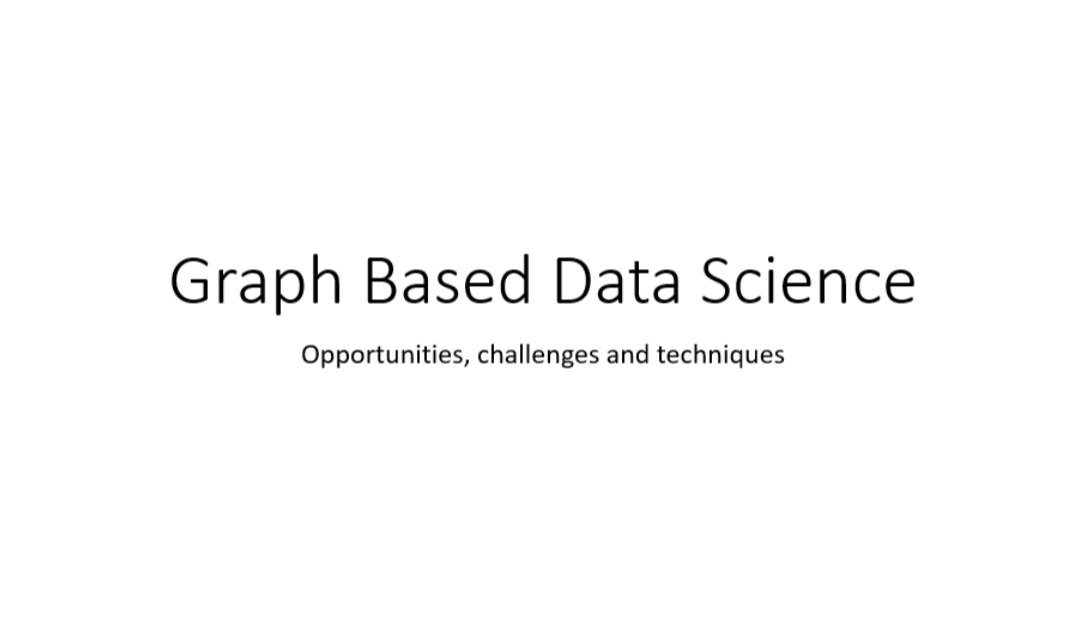2022
Strategic Projects
@Psychology
+Computer Science
#fake news detection
#symbolic AI
Project Summary
The spread of online fake news is emerging as a major threat to human society and democracy (Lazer et al., 2018). Now anyone with access to a phone or computer can publish information online, it’s getting harder to tell what’s real? What’s fake? Therefore, the impact of manipulative online content on society cannot be underestimated. While considerable efforts have been invested to study the cognitive processes involved in media truth discernment, no study to date has investigated 1) the development of media truth discernment during adolescence and 2) how this key process is influenced by the time spend by adolescents on their smartphone and the nature of the applications they use. This is critical given that (a) 84% of 13 to 18 years of age own a smartphone, (b) 81% spend more than 2 hours per day on screen media (18% between 2h and 4h, 33% between 4h and 8h and 29% more than 8h) and an hour a day watching online videos on platforms such as YouTube (c) 39% of their time online is on social media with Snapchat and Instagram being the most used social media, (d) 70% log on to social media several times a day and (e) that the main source of news for adolescents is YouTube (Rideout et al., 2019). Furthermore, most teens get their news from their feeds, so they need to learn how to view the stories critically. Adolescence is typically defined as a transition period between childhood and adulthood (approximately ages 12-22 years) during which parental influence decreases and peers become more important. The period of adolescence begins with the physical, cognitive, and social changes occurring with the onset of puberty around 12 years of age (Crone et al., 2012). Cognitive and socio-affective development in adolescence is accompanied by extensive changes in the brain. Consequently, adolescents due to cognitive and socio-affective specificities might thus be at greater risk to believe fake news in particular those shared on social media. Thus, there is an urgent need to determine how media truth discernment develops from early adolescence (10 y.o.) to late adolescence (18-21 y.o) and how both the usage times and the nature of the applications present on their smartphones affect media truth discernment. The project aims at bringing an interdisciplinary team together from psychology and computer science fields.
The main objective of the project is to analyze the ability of teenagers to distinguish what’s real and what’s fake by detecting the fallacious arguments used by unscrupulous content writers on social networks.
Salima Benbernou

Other projects

Deeply Learning from Neutrino Interactions with the KM3NeT neutrino telescope
2022 PhD/ DIAI Projects @AstronomyParticle physics and graph neural networks Santiago PENA MARTINEZ Project Summary A new generation of neutrino experiments is in the horizon looking to explore many of the open questions on neutrino properties and searching for...

Shen Liang – Knowledge-guided Data Science
Shen LiangMay 18, 4 PM online (zoom) linkedinAbstract This tutorial presents an overview of knowledge-guided data science, a rising methodology in machine learning which fuses data with domain knowledge. We will present numerous case studies on this methodology...

Shen Liang – Deep Transfer Learning and Multi-task Learning
Shen LiangJune 15, 4 PMonline (zoom) linkedinAbstract This tutorial provides an overview of two important and correlated (in many cases intersectional) topics in deep learning: transfer learning, and multi-task learning. Transfer learning focuses on...

Foula Vagena – Graph Based Data Science: Opportunities Challenges and Techniques
Foula VagenaJanuary 19, 4pmonline (zoom) Abstract Graph based data science lets us leverage the power of relationships and structure in data to improve model prediction and answer previously intractable questions. In this tutorial we will first introduce the...
